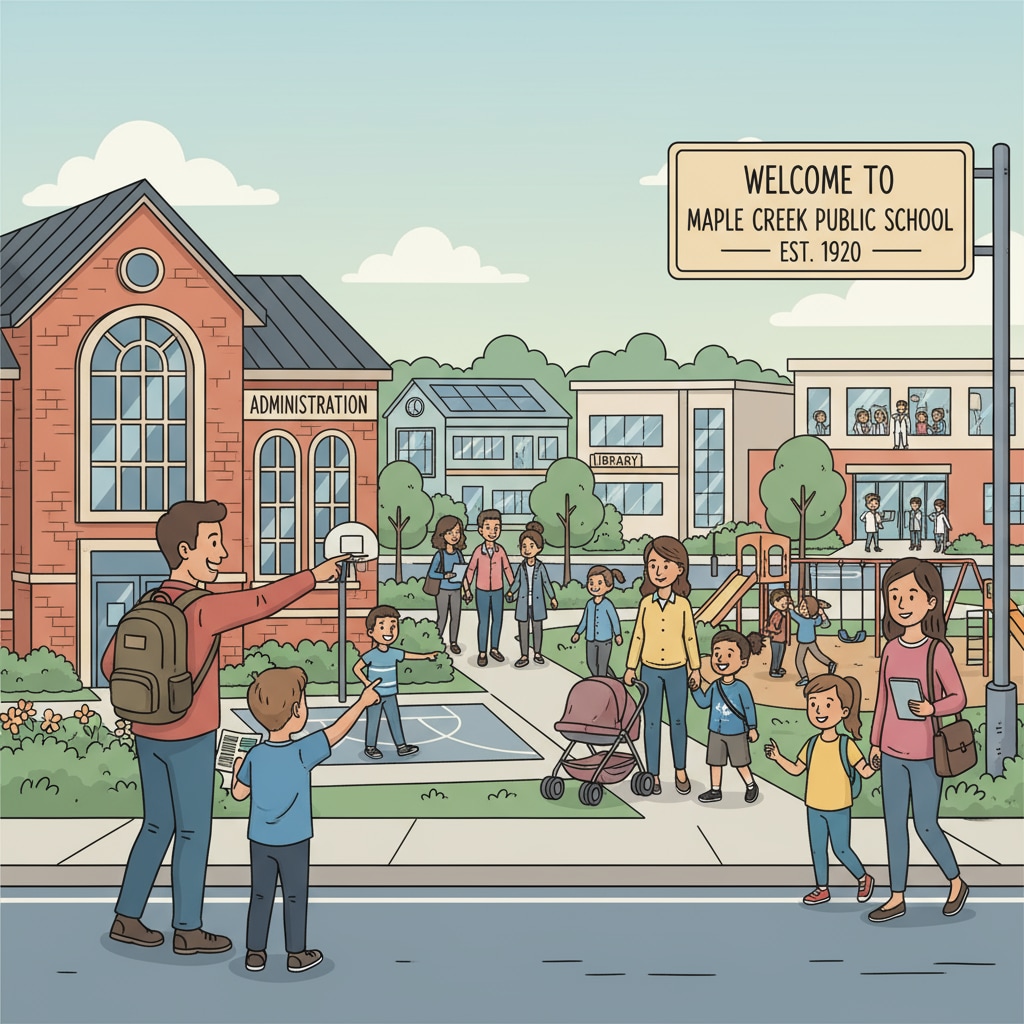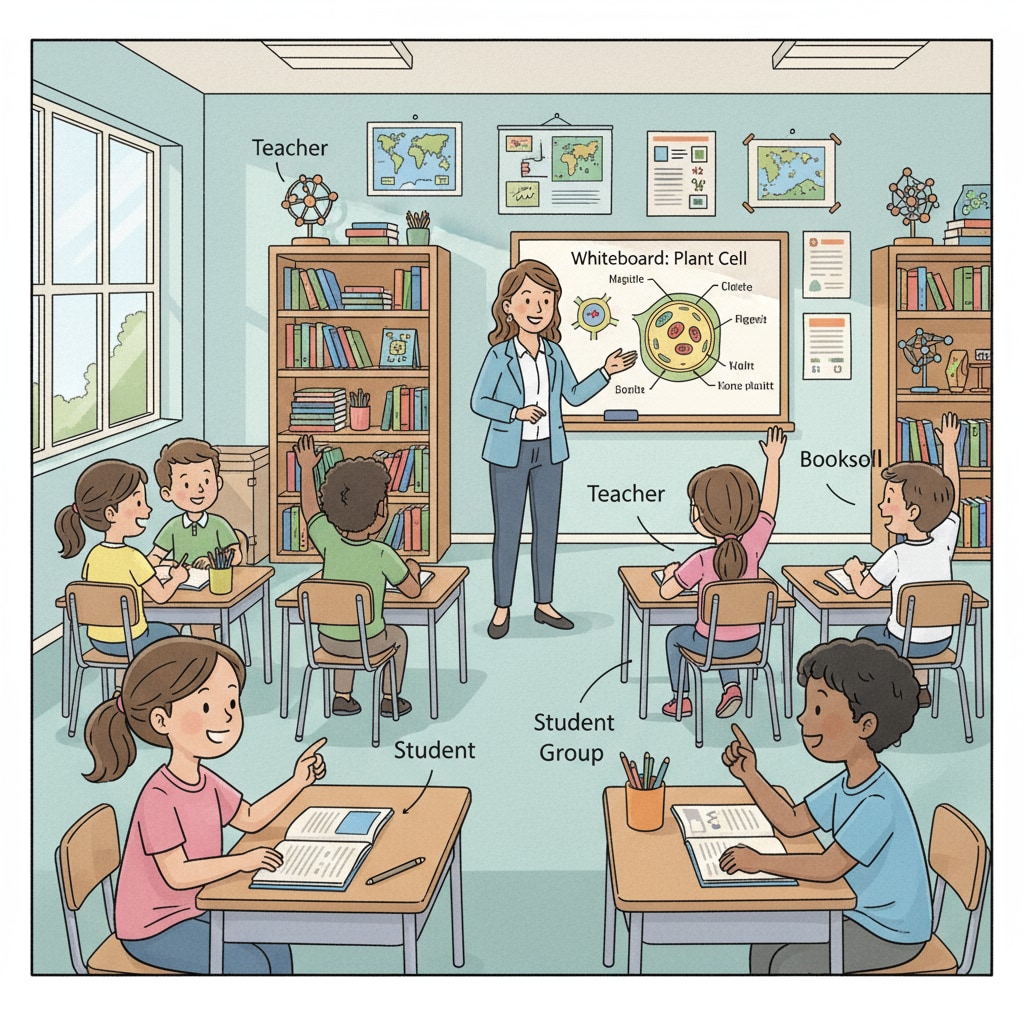When it comes to making educational choices for your child, school visits to public schools play a vital role. These visits offer a firsthand look at the school environment, teaching methods, and overall atmosphere, enabling you to make a well-informed decision.

Let’s explore how to plan these visits effectively.
Preparing for the School Visit
Before heading out for a school visit, it’s essential to do some groundwork. First, research the public schools in your area. Look into their academic achievements, extracurricular activities, and teaching philosophies. You can find this information on the school’s official website or through educational platforms like GreatSchools. This will help you shortlist the schools that align with your child’s needs and your educational goals.
In addition, reach out to the school administration to schedule a visit. Most schools have specific visiting days and times, so it’s important to plan ahead. Let them know the grade your child will be entering and any specific areas of interest you have, such as the science lab or the art studio.
During the School Visit
Once you arrive at the school, pay attention to the overall environment. Notice the cleanliness, safety, and organization of the campus. Walk around the classrooms and observe the teaching and learning in progress. How engaged are the students? What teaching methods are being used?

This will give you an idea of the educational experience your child can expect.
Take the opportunity to talk to the teachers and staff. Ask them about the curriculum, class sizes, and how they support students with different learning needs. You can also chat with the students to get their perspective on the school. They can provide valuable insights into the school culture and the daily life at the school.
Don’t forget to explore the extracurricular facilities. Check out the sports fields, music rooms, and libraries. A well-equipped school with a wide range of extracurricular activities can enhance your child’s overall development.
Readability guidance: Keep paragraphs short and use lists when possible. For example, when talking about what to look for during the visit, you could list out the different aspects like environment, teaching, and facilities. Use transition words like ‘in addition’ and ‘also’ to connect ideas smoothly.
After the School Visit
After the visit, take some time to reflect on your experience. Make a list of the pros and cons of each school you visited. Consider factors such as academic quality, school culture, and location. Compare these notes with your initial research and the needs of your child.
You may also want to reach out to other parents whose children attend the schools you visited. They can share their experiences and offer additional insights. This can be a valuable source of information as you make your final educational choice.
By following these steps for school visits to public schools, you can make a more informed decision and find the ideal school for your child. Remember, the right educational choice can have a profound impact on your child’s future.


